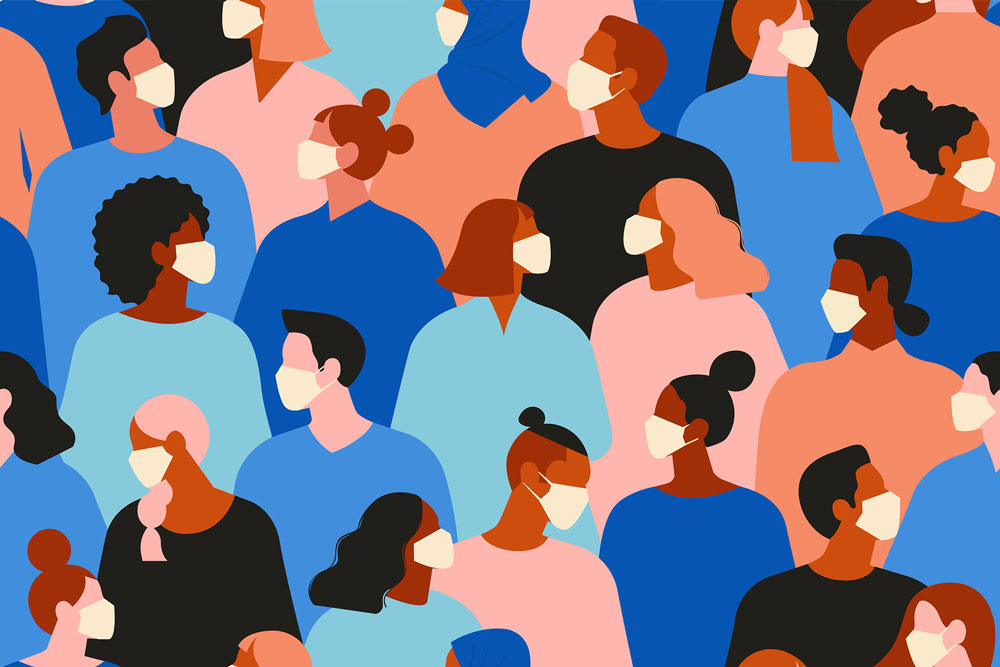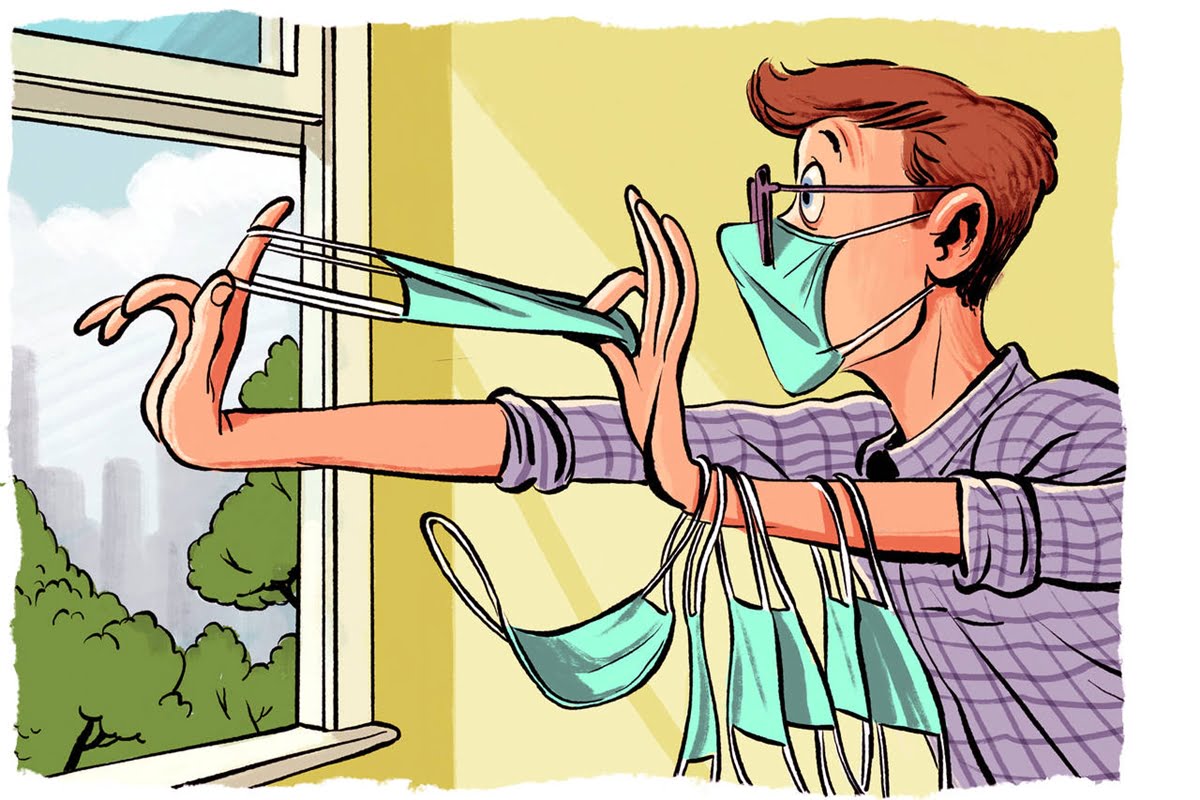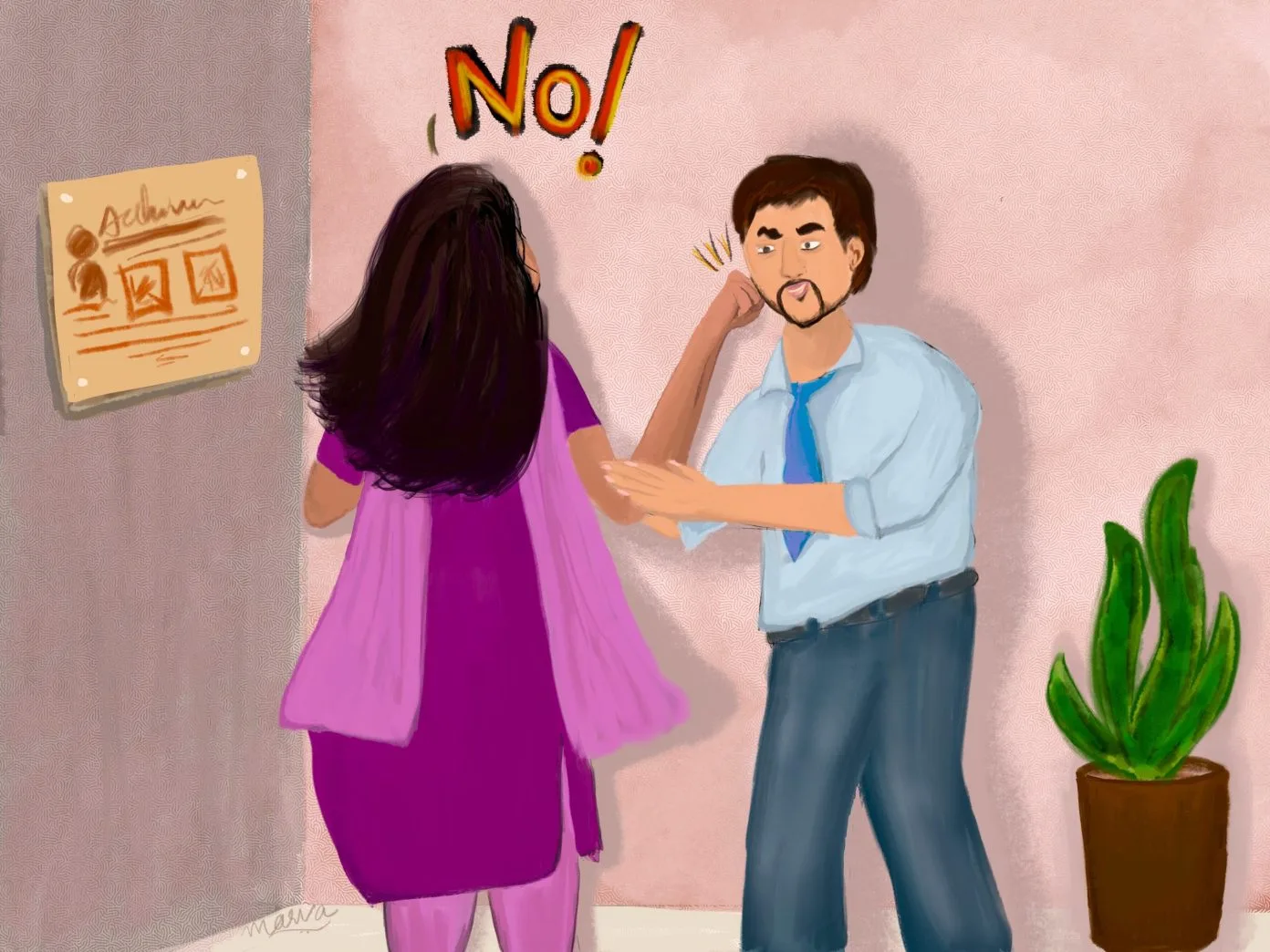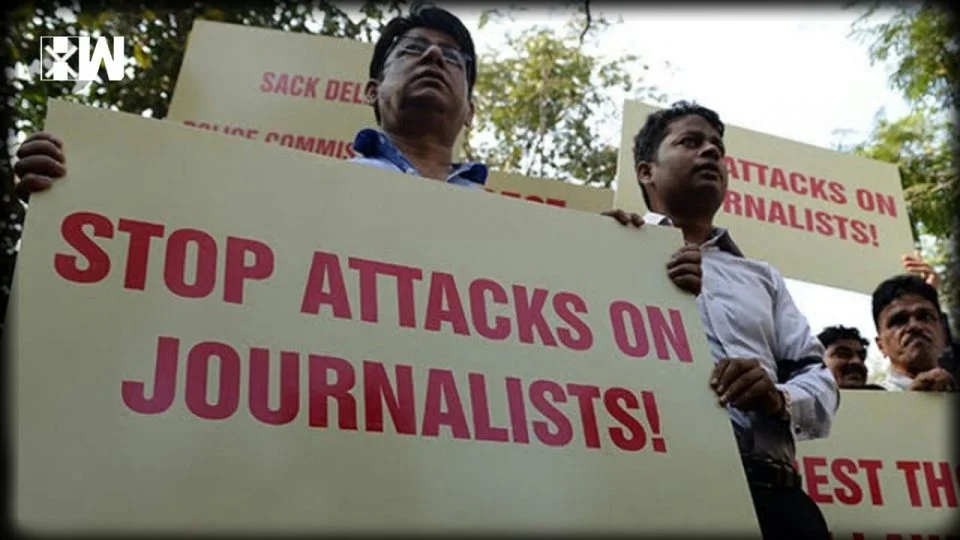When the pandemic began, everyone around us was extremely panicky. The world went into lockdown. Our perception of time became warped. Along with the heightened awareness of the protection that wearing a mask could give us, we also witnessed an increase in mask-shaming–a mainfestation of a largely ableist culture, this time driven by the fear of the virus as well.
In the COVID-19 times, not surprisingly, we have witnessed an increase in mask-shaming–a mainfestation of a largely ableist culture, this time driven by the fear of catching the virus as well.
One of the earliest preventive measures suggested to curb the pandemic was the wearing of masks in public settings. It’s supposed to control the spread of the coronavirus – by preventing people who have COVID-19 from spreading the virus to others as well as by reducing the spread generally when used widely. While we were still warming up to the idea of expressing with our eyes and talking from behind the mask, capitalism ensured we were spoilt for options on the designs and prints of the masks. Science has got its back, so, surely, everyone should be wearing masks, right? At least, that’s what the larger, looming sentiment is and this definitely did not help the mask-shaming tendencies of the society at large.
Also read: COVID-19: Are Pink Masks Only For Girls? Taiwan Health Officials Say No
A friend posted on social media how she’s “disgusted” at the sight of people not wearing masks and how “it’s the least they could do if they cannot stay at home.” Her sentiment echoes Tom Hanks – one of the first public figures to catch the virus – who put his exasperation into words, “I don’t get it, I simply do not get it, it is literally the least you can do. If you can’t wear a mask and wash your hands and social distance, I’ve got no respect for you, man. I don’t buy your argument.”
The mask-shaming brigades got on duty. Fines were being imposed (and increased) across states on those found without wearing masks. Without wasting a moment, self-appointed vigilantes got into character and started mask-shaming on social media and IRL.
No, we get it. The general lack of awareness of the seriousness of the virus and its implications is evident in how several people around us have dismissed the importance of masks. However, while we are busy mask-shaming, it is important to demand accountability but with a sensitive approach towards how many genuinely cannot wear masks.
Mask-shaming in Good Stride?
All these steps and statements (increasingly under the garb of mask-shaming) seem to be in good stead, right? It’s all to prevent the spread of the virus that has upended our world. Except, there’s a catch. For all the talk around the creation of inclusive spaces, all the tirades on “diversity and inclusion”, we haven’t talked about how some people cannot wear masks.
To the people asking, “What could be a good enough reason for not wearing a mask?”, this is a request to see beyond your temptation of mask-shaming people as irresponsible, rash, selfish, misguided, rude – for not wearing a mask. Because this isn’t just limited to “maskne” or breakouts that your dermatologist can fix.
“But wearing masks couldn’t possibly create grave problems?” I hear you. So does WHO. These questions have forced WHO to clarify that the suggested fabric of face masks doesn’t impede or hurt breathing in any way for those with chronic respiratory issues. Yet, this isn’t a black and white space, where we can readily be mask-shaming and categorising mask-wearers into the category of the moral ones, and those without one as the amoral ones.
Accessibility is the Operative Word
Truth is, it’s a grey area. There are a few sets of people who may find the experience of wearing a mask distressing or agonising. One of the visible exceptions comes for people with physical disabilities or chronic disorders that limit mobility. They’ll require help to wear and remove a mask, or may not be able to tie the strings or position the loops behind their ears.
In fact, in our haste of mask-shaming or imposing masks on everyone, we didn’t think of the accessibility issues that face masks presented for those with hearing impairments – until someone designed transparent masks to make lip-reading and facial-reading possible for the deaf and hard of hearing.
That’s just the tip of the iceberg; there are instances in which the agony might not be as obvious, visible, obviously visible or visibly obvious. For instance, people who live on the autism spectrum may not be able to cover their nose due to the sensory overload it can cause. That extends to anyone dealing with sensory sensitivities. People with generalised anxiety disorder or panic disorder can have similar experiences. People with post-traumatic stress disorder (PTSD), claustrophobia or past experiences of abuse may also face severe discomfort in wearing a mask.
Ms Sreepriya, a mental health social worker with OSTEM, an online support team for mental health, explains, “Many people who may have had traumatic experiences can experience a sudden and unprovoked difficulty in breathing or suffocation. It is most often accompanied by a feeling of helplessness, being trapped or isolated.”
This may not be a universal experience for everyone with PTSD, but wearing a mask can feel akin to being trapped or smothered. She describes how this could develop, “People experiencing panic or flashbacks as part of PTSD could be triggered by things or situations in their present environment that are associated with past experiences of panic. They may also feel intense emotions as a result of the panic due to the signals the body senses of threat internal to the body or external to it. Wearing a mask can amplify this feeling of entrapment, thereby making breathing more difficult as compared to being without a covering or mask.”
She adds a disclaimer, “Of course, this does not mean we defy the required precautions against COVID-19 such as using a mask in general, but a perspective on how some people may find it difficult due to specific reasons is a call for empathy before pointing fingers.”
Also read: Accessibility For Women With Disabilities In Times Of COVID-19

The idea of wearing a mask, however, is to control the risk of community transmission as much as possible. We can do that without mask-shaming or humiliating people who genuinely cannot wear a mask or might need extra support for the same.
Bottom Line?
Don’t assume. Don’t involve in mask-shaming with strangers. We don’t have a right to their medical history.
We’re not here to dignify “to wear or not to wear a mask” as a justified contemplation. Of course, we should be wearing masks. The idea of wearing a mask, however, is to control the risk of community transmission as much as possible. We can do that without mask-shaming or humiliating people who genuinely cannot wear a mask or might need extra support for the same. Let’s start by unlearning the assumption that people are the worst. Ultimately how we behave in this pandemic also becomes a ground for testing our bounds of empathy. (Spoiler: there should be none!)
Kritika Narula is a writer, journalist and communications consultant based in Delhi, India. She loves consuming stories in all forms – books, movies, TV shows – and places these stories under a fierce assessment to see if they are feminist, empathetic or entertaining enough. All of Kritika’s work is guided by her mental health activism, including her latest project called The Mental Health Mirror. She can be found on Twitter, Linkedin and Instagram.
Featured Image Source: WSJ.com




